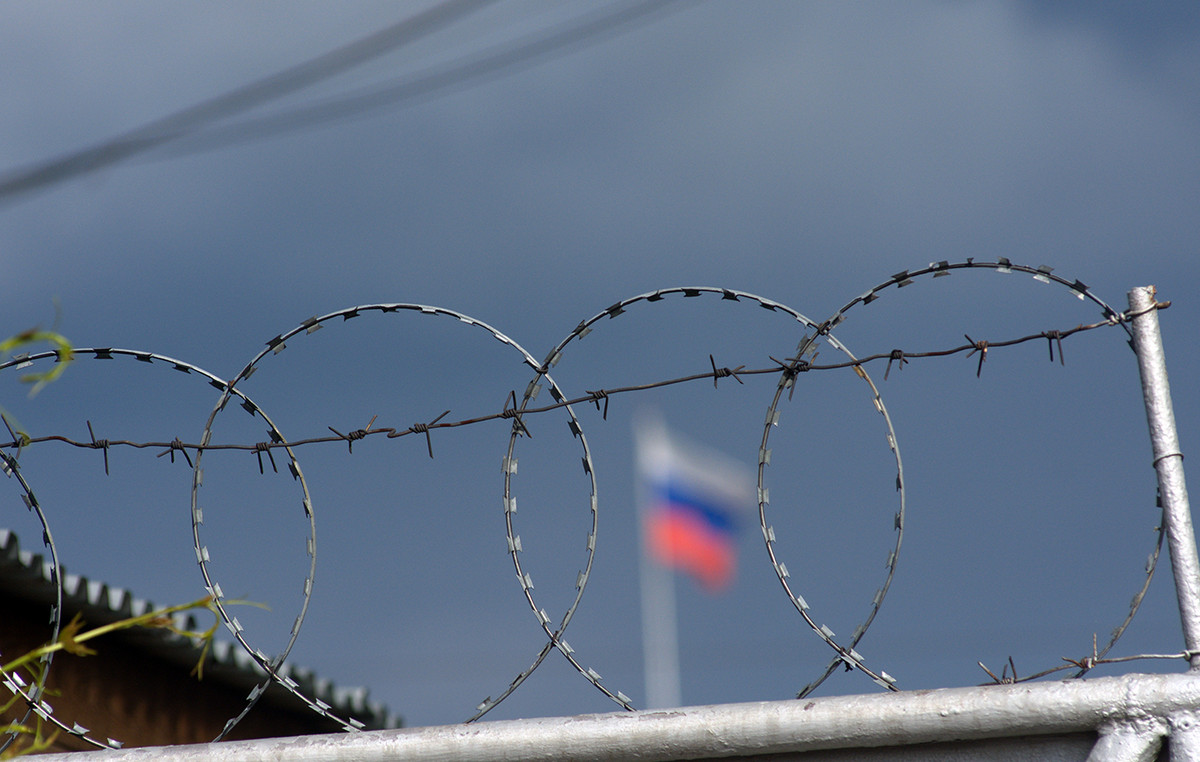The largest tree of butterfly life ever made is helping researchers determine where winged insects first appeared on Earth some 100 million years ago.
During the age of dinosaurs, some moths transitioned from nocturnal to diurnal flight habits, evolving to take advantage of the nectar of the flowers they developed.
along with the bees.
In 2019, scientists discovered how this single shift to daytime activity served as the evolutionary turning point for all butterfly species. But they have yet to trace the complete history of the nearly 19,000 species of butterflies that exist around the world.
When this revelation of the evolutionary turn was revealed, another work had already been under way for four years. In 2015, a global team of scientists came together on an ambitious project to assemble a detailed model of the evolutionary history and species relationships of butterflies. That is, the tree of life of butterflies.
Together, the researchers collected DNA from nearly 2,300 species from 90 countries representing all butterfly families.

The researchers used four supercomputers in Europe and the United States to process the data, tracking the feeding and migratory habits of butterfly species over time.
The team’s results, published earlier this week in the journal Nature Ecology and Evolution, showed that the butterflies originated in what is now North and Central America.
The research is a first step in a larger project on butterfly species, and could act as a resource for future study, explained Akito Kawahara, curator of lepidopterans at the Florida Museum of Natural History.
Butterflies face many threats due to the climate crisis, including habitat destruction and global warming, which is causing some species to migrate to new environments.
Understanding different butterfly populations and species can help scientists and conservationists protect insects and their habitats.
little fossil record
The geographical origin of butterflies was surprising because previous hypotheses indicated that they came from the current Australia or Asia.
The center of the study is a set of rare fossils from butterflies. The precious remains of ancestral butterflies are difficult to find because insects have thin wings and
brittle and thread-like hairs – and none of them it preserves as well as bones in the fossil record.
Fossil specimens provided researchers with genetic markers, helping them determine when critical events occurred in the evolution of butterflies.
“We used several fossils for the study, in order to calibrate parts specific to the tree of life,” said Kawahara. “But most butterfly fossils are poorly preserved, so we could only include about 10 to 15 fossils in our study based on paleontological research.”

Butterfly DNA has painted a stunning picture of how winged insects emerged around the world over time. While some populations roamed
seemingly impossible distances, others remained in place, with continents shifting around them.
When butterflies first appeared in Central America and western North America, a vast sea path divided North America into two parts.
regions. North and South America were also separated by sea, and Mexico, the US, Canada and Russia were joined by land.
global migration
Some butterfly species took a long route to Africa, moving across what is now called the Bering Strait from North America and first taking root in Asia. Then they spread to Southeast Asia, and then to the Middle East and the Somali Peninsula in East Africa.
Butterflies also made their way to India, an isolated island at the time despite being surrounded by open sea.
Butterflies lived on the borders of western Asia for a long time, possibly as long as 45 million years, before migrating to Europe. While the researchers aren’t sure what caused the delay, the long pause is evident in the studies and is still reflected today.
“Europe doesn’t have many species of butterflies compared to other parts of the world, and those that exist there are generally found elsewhere,” Kawahara said.
“Many butterflies in Europe are also found in Siberia and Asia, for example.”
Scientists were also surprised to find that the butterflies made it to Australia, which was still stuck in Antarctica at that time. Given that Antarctica was once a warmer environment millions of years ago, due to warmer global temperatures, it is likely that butterflies lived there and crossed over to Australia.
before parting ways for the mainland.
Scientists also want to learn about the plants that butterflies depended on for their survival, since the evolution of the plant world has also impacted the change in insects over time.
But there wasn’t a unique resource in the plants to help the researchers work, so they carefully put together their own source.

“In many cases, the information we needed existed in local guides that had not been digitized and were written in several languages”, said scientist Kawahara.
“It’s the most difficult study I’ve ever been a part of, and it took an enormous amount of effort from people all over the world to complete it.”
The database, now publicly available, is the result of translated and transcribed information from books, websites and museum collections.
Evolution with plants
Most modern butterfly families had been around for about 66 million years, when the dinosaurs became extinct due to an asteroid strike.
Butterflies diversified alongside the plants they depended on—and butterfly families seem to have gravitated toward a very specific group of plants.
“We evaluated this association in an evolutionary timeline, and in virtually all butterfly families, bean plants emerged as the ancestral food sources, or hosts,” Kawahara said.
“The discovery is also valid for the common ancestor of all butterflies.”
Over time, bean plants became attractive to bees, hummingbirds, flies and mammals as well, and butterflies have since diversified their diet to include a wider variety of foods.
But the early relationship between butterflies and bean plants helped winged insects become one of the largest groups of insects in the world, according to study co-author Pamela Soltis, professor emeritus and curator at the Florida Museum of Natural History.
“The evolution of butterflies and flowering plants has been inexorably intertwined since the origin of the first, and the close relationship between them has resulted in remarkable diversification events in both lineages,” Soltis wrote in a statement.
For Kawahara, the monumental effort also represented his own evolutionary path.
“Being part of the project was like fulfilling a childhood dream”, confessed the scientist. “I have loved watching butterflies since I was a little boy and I was lucky enough to be able to do this project with so many amazing butterfly scientists from around the world.”
“I hope more kids spend more time outdoors observing nature and following their dreams. Dedication can lead to great things!”
Source: CNN Brasil
Bruce Belcher is a seasoned author with over 5 years of experience in world news. He writes for online news websites and provides in-depth analysis on the world stock market. Bruce is known for his insightful perspectives and commitment to keeping the public informed.







